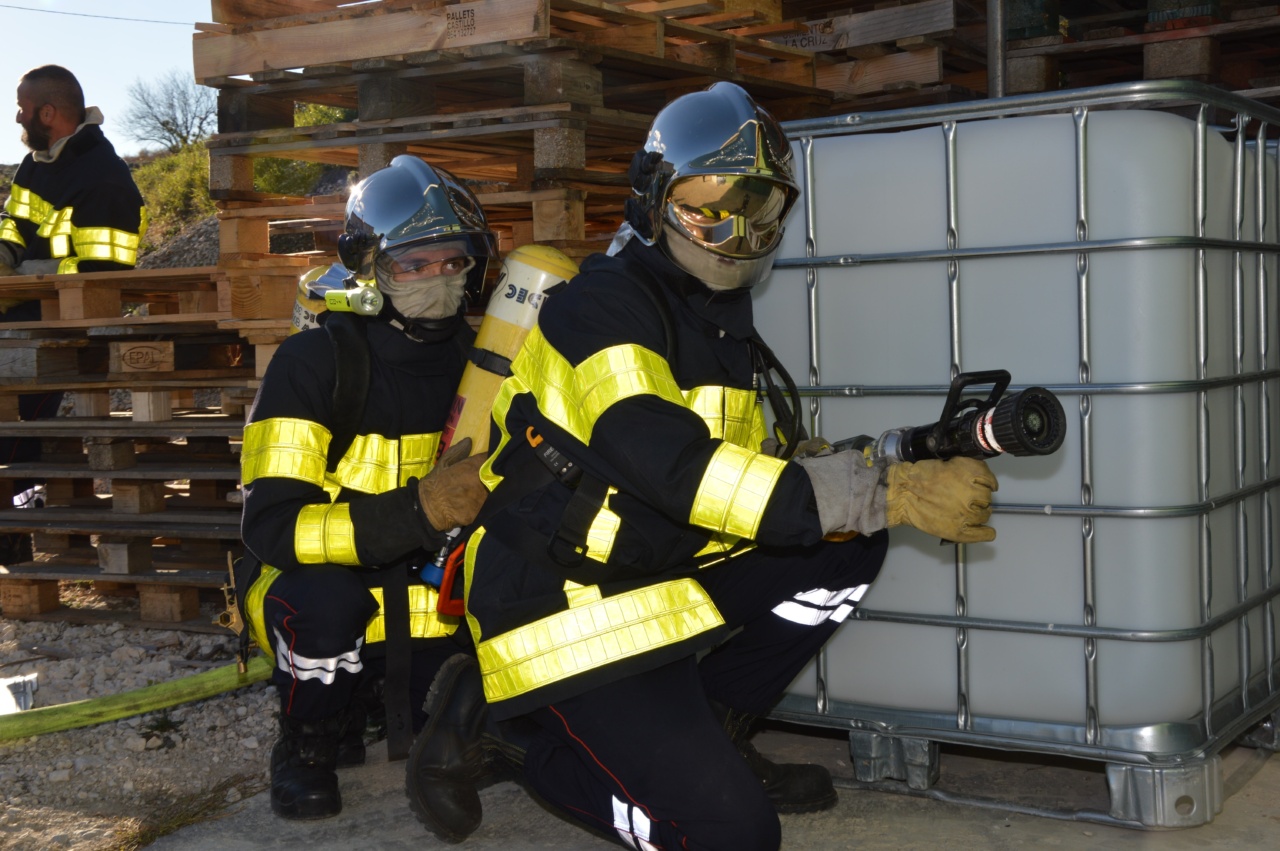A Cerebrovascular Accident (CVA), more commonly known as a stroke, is a medical emergency that occurs when the blood flow to the brain is hindered or cut off.
The lack of oxygen supply to the brain cells can cause them to die, leading to long-lasting effects such as paralysis, speech, and memory problems, and sometimes death. In this article, we will discuss the different types of strokes, their risk factors, symptoms, diagnosis, treatment, and prevention.
Types of Strokes
There are two main types of strokes:.
Ischemic Stroke
Ischemic stroke occurs when a blood clot or debris blockage stops the blood flow to the brain. This type of stroke is the most common, accounting for around 87 percent of stroke cases.
Plaque buildup in the arteries is the most common cause of blood clotting.
Hemorrhagic Stroke
Hemorrhagic stroke occurs when a blood vessel in the brain ruptures and leads to bleeding in the brain, causing damage to surrounding brain cells. This type of stroke accounts for around 13 percent of all strokes.
Risk Factors
Several factors can increase the risk of having a stroke. These include:.
- Age: the older a person gets, the higher the risk of stroke.
- Family history of stroke: a family history of stroke increases the risk.
- High blood pressure: untreated hypertension, or high blood pressure, is the leading cause of stroke.
- Smoking: smoking increases the risk of stroke.
- Diabetes: people with diabetes have a higher risk of stroke.
- High cholesterol: people with high levels of cholesterol have a higher risk of stroke.
- Obesity: being overweight or obese increases the risk of stroke.
- Physical inactivity: leading a sedentary lifestyle increases the risk of stroke.
Symptoms
The symptoms of a stroke usually emerge suddenly. The most common signs and symptoms of a stroke include:.
- Numbness or weakness in the face, arm, or leg, usually on one side of the body
- Difficulty in speaking or understanding speech
- Vision problems, blurry or blackened vision, or loss of vision
- Dizziness, unsteadiness, vertigo, or loss of balance or coordination
- Severe headache that occurs suddenly and without any known cause
Diagnosis
Stroke requires immediate medical attention. A doctor will review a patient’s medical history and conduct a physical and neurological examination. The patient may undergo several tests to determine the type, location, and severity of the stroke.
These tests include:.
- Blood tests
- Computed tomography (CT)
- Magnetic resonance imaging (MRI)
- Carotid ultrasound
- Cerebral angiogram
Treatment
The treatment for a stroke depends on the type, location, and severity of the stroke. It aims to restore blood flow to the brain, prevent complications, and reduce the risk of future strokes. Treatment options include:.
- Ischemic Stroke
- Clot-busting drugs
- Endovascular procedures, such as thrombectomy
- Anticoagulants, such as warfarin and heparin
- Platelet aggregation inhibitors, such as aspirin, clopidogrel, and ticagrelor
- Carotid endarterectomy, or surgical removal of the plaque that blocks the blood vessels in the neck area
- Hemorrhagic Stroke
- Surgery to repair blood vessel abnormalities or stop bleeding
- Medications to control blood pressure
- Intensive care to closely monitor the patient’s condition
Prevention
The best way to prevent a stroke is to minimize the risk factors. This can be achieved by:.
- Controlling high blood pressure
- Quitting smoking
- Managing diabetes and cholesterol levels
- Exercising regularly
- Maintaining a healthy weight and diet
- Reducing alcohol intake
- Treating sleep apnea
Conclusion
A stroke is a serious medical condition that requires immediate medical attention. Understanding the types, risk factors, symptoms, diagnosis, treatment, and prevention of strokes can help reduce the likelihood of debilitating effects or even death.
Reducing the risk factors for stroke through lifestyle changes and medication can go a long way towards staying healthy and living a long life.





























